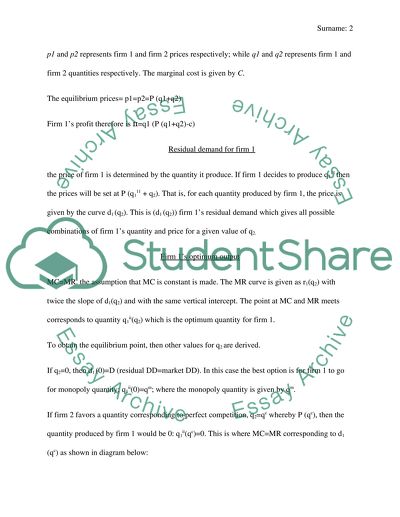Cite this document
(“Sample exam answers Essay Example | Topics and Well Written Essays - 1750 words”, n.d.)
Sample exam answers Essay Example | Topics and Well Written Essays - 1750 words. Retrieved from https://studentshare.org/macro-microeconomics/1655363-sample-exam-answers
Sample exam answers Essay Example | Topics and Well Written Essays - 1750 words. Retrieved from https://studentshare.org/macro-microeconomics/1655363-sample-exam-answers
(Sample Exam Answers Essay Example | Topics and Well Written Essays - 1750 Words)
Sample Exam Answers Essay Example | Topics and Well Written Essays - 1750 Words. https://studentshare.org/macro-microeconomics/1655363-sample-exam-answers.
Sample Exam Answers Essay Example | Topics and Well Written Essays - 1750 Words. https://studentshare.org/macro-microeconomics/1655363-sample-exam-answers.
“Sample Exam Answers Essay Example | Topics and Well Written Essays - 1750 Words”, n.d. https://studentshare.org/macro-microeconomics/1655363-sample-exam-answers.


